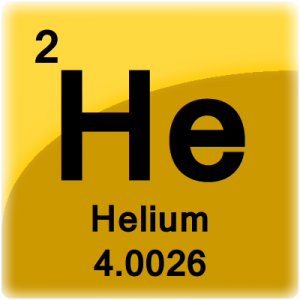

HDD Limitations
A well understood limitation for current generation HDDs is air turbulence which increases substantially as rotational speed of drive platters increases. That turbulence is a real issue because it creates drag on the platters which uses additional electricity to spin the drive, and of course raises temperatures, and acoustic noise levels.
Even more important is the fact that turbulence causes track misregistration (TMR) by the drive's read / write heads, which means data tracks must be kept farther apart to prevent reading data from the wrong track. That results in fewer data tracks being placed on a drive's platters. Data density and the total amount of data stored on a drive could be much greater if turbulence could be substantially reduced. Finally, the practical limit caused by turbulence, heat, and drag is about five platters in current drives.
No Party Balloons, But It's a Gas
The answer is helium which has only one-seventh of the density of air. HGST has been engaged in research and development for about six years, but the entire industry has been conducting R&D on helium-based solutions for at least ten years. HGST may be the first out of the starting gate with a viable and reliable product by 2013.
Breakthrough Celebration
The breakthrough is HGST's proprietary method for sealing helium into HDDs, because helium is notoriously difficult to contain without leakage. The celebration will be about the numerous cost reductions in addition to better HDD performance and design improvements that will result from successfully sealing helium into hard-disk drives.
Advantages of Helium-Filled Hard-Disk Drives (HDDs)


Using helium in HDDs greatly reduces turbulence and that in turn reduces platter vibration or wobble while providing much greater accuracy because track misregistration is reduced. That also allows platters to be thinner so additional platters can be added to a drive. It also means the data tracks can be placed much closer together. Another huge benefit is that helium-filled drives can be spun at much higher speeds, thereby improving data access times by about 26%.
Cost Benefits of Helium-Filled HDDs
While those design improvements and advantages will benefit consumers, most of the benefits will be indirect. Large corporate and cloud-based data-centers will reap huge benefits from helium-filled hard-disk drives as total cost of ownership (TCO) is sharply reduced. Data-centers will see substantial improvements in cost-per-terabyte (TB), TB-per-square-foot, TB-per-system-weight, and watt-per-TB. Fewer servers, less floor-space, less electricity, and less air-conditioning will be required, even as data access speeds are sharply improved.

 Laptop & Tablet Parts
Laptop & Tablet Parts




















